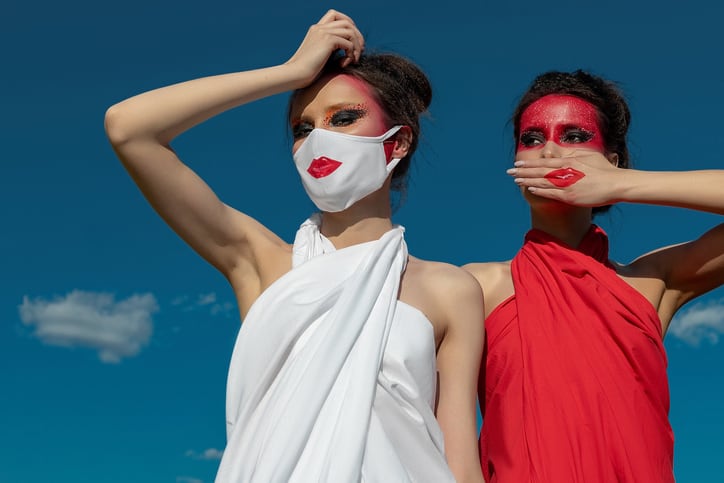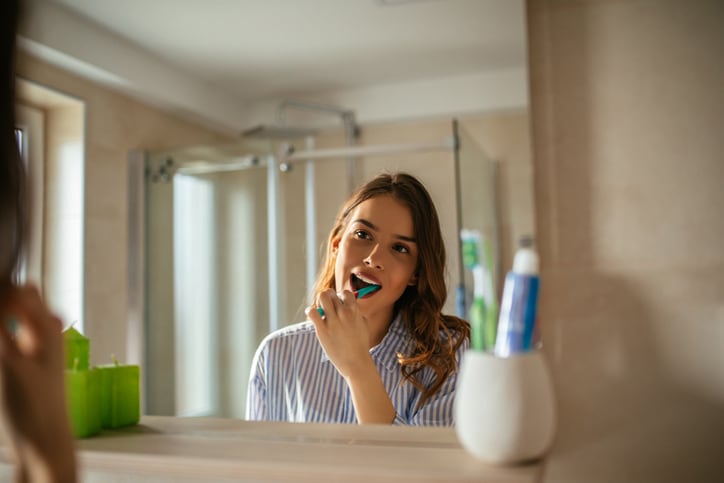COVID-19 would create a “seminal change on how people are thinking about consumption - this was the leading thought from Oliver Wright, managing director and global lead on consumer goods and services at Accenture, when CosmeticsDesign-Europe spoke to him in April 2020. Wright said the ongoing pandemic would define the beauty industry for the next ten years, at least.
“At headline level, what we are fundamentally seeing is that, from a consumer perspective, this is a black swan event which is causing people to reappraise a lot of their consumption behaviour. …It looks like it’s delivering a slightly sobering jolt to the overall consumer profile,” he said.
So, as 2020 comes to a close, CosmeticsDesign-Europe brings you an in-depth look at the changes COVID-19 has brought to beauty consumer purchase and usage patterns and priorities.
1. DITCHING THE GLAM – the early makeup and perfume fallout

Right at the beginning of this pandemic, coloured cosmetics and perfumes were the hardest-hit categories, with sales tumbling. International beauty major L’Oréal cited a significant drop in its Q1 2020 earnings because of this trend; so too did J-beauty giant Shiseido.
With consumers facing nationwide lockdowns across the EMEA region early on in 2020, many saw little or no need to apply makeup or perfumes – discretionary products traditionally associated with socialising and going out. Consumers instead prioritised cleanliness and hygiene.
As the COVID-19 pandemic evolved, an uptick of makeup and perfumes did eventually happen as consumers started to invest more in themselves, particularly given high engagement in video conferences and virtual business meetings amidst a widespread work-from-home transition. Moreover, many consumers now longed for familiar and comforting scents that triggered nostalgic, happy and relaxed feelings during what continued to be a tough time.
2. HYGIENE HIKE – the soap, sanitiser and oral care boom
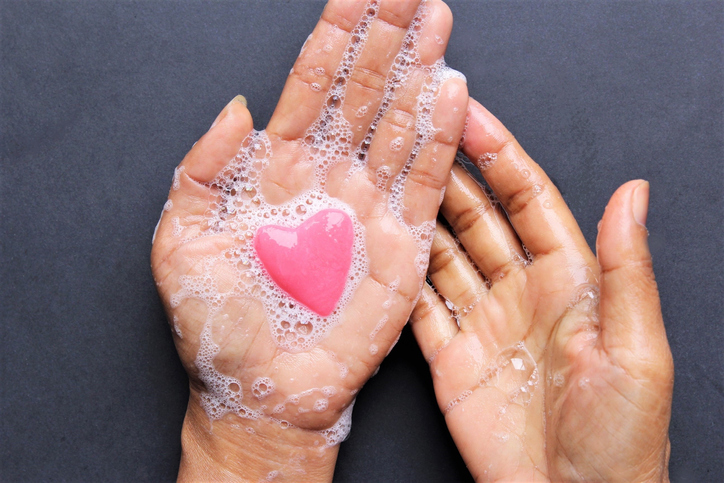
Whilst makeup and perfumes initially dipped, industry saw an insatiable rise in demand for hygiene-focused beauty and personal care items.
First and foremost, hand sanitisers flew off the shelves as consumers rushed to stock up on what had become known as an ‘essential’ COVID-19 sanitary item. The beauty industry worked fast and collaborated in an unprecedented way to ensure retailers were stocked and extra could be supplied to clinics, hospitals and frontline workers during the early peak of the pandemic.
Alongside this, demand for hand and body soaps, shower gels, toothpastes and mouthwashes also soared, propelled by the need to ensure good daily hygiene and maintain extra cleanliness as viral transmission of COVID-19 continued to surge. These demands buoyed many of the major personal care companies in the EMEA region, notably Colgate-Palmolive, Johnson & Johnson and Unilever, early on in 2020.
More recently, Colgate-Palmolive and Unilever had now turned efforts to scientific research and clinical trials looking at the role certain toothpastes and mouthwashes could potentially play in combatting viral transmission of the Sars-COV-2 virus. Each had released preliminary findings, citing them as promising.
*‘Oral care spotlight’ is one of CosmeticsDesign-Europe’s top five beauty trends to watch in 2021.
3. SAFETY FIRST – formulations scrutinised and packaging considered
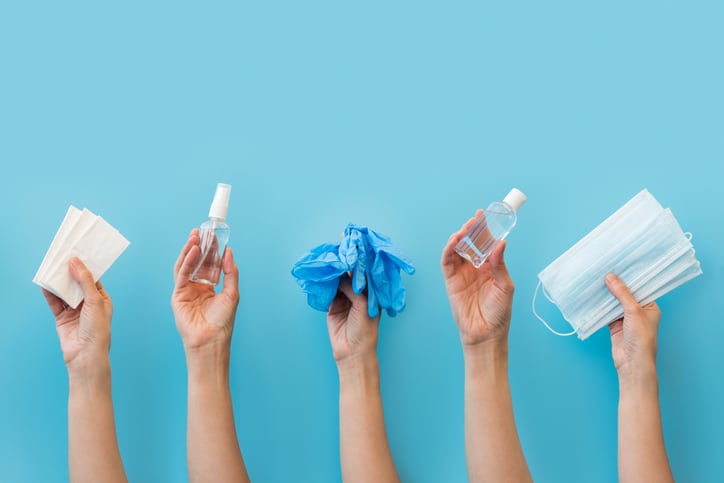
As hygiene concerns soared amongst consumers, so too did safety fears. Early on during the COVID-19 pandemic, safety became a number-one priority for many, across all facets of their lives, beauty included.
Ingredients lists were more closely inspected, sanitary beauty applicators preferred, and safe packaging prioritised as consumers looked at everything under a questioning lens. Many onlookers suggested the ‘safety-first’ trend might even spark a dip in naturals, as consumers prioritised preservatives and non-natural ingredients if it could guarantee safety.
Early on, consumers even questioned the safety of hand sanitisers speedily manufactured by beauty networks across France and started seeking about ‘touchless’ beauty – both in products and retail.
All this was particularly evident in the baby and toddler care category, a segment already known for high safety concerns, now facing even more scrutiny during COVID-19.
4. DO-IT-YOURSELF – at-home hair dye, manicures and self-tan
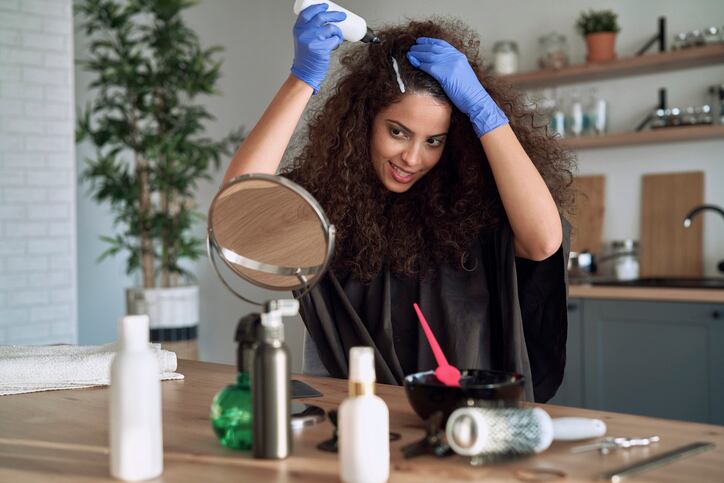
At the beginning of EMEA-wide lockdowns, and during subsequent hairdresser, salon and spa closures, consumers tentatively experimented with DIY kits during a time when there was no alternative.
Beauty retailers reported a rush on at-home hair dye kits and manicure products, and self-tanning became one of the top UK lockdown activities of the year. At-home versions of pro beauty skin treatments even gained traction in the home as the pandemic continued.
Consumer beauty review analysis conducted early-on during the COVID-19 crisis highlighted increased interest in DIY beauty and an appreciation of many products on the market.
And whilst many consumers returned to beauty service operators once lockdowns lifted, many more continued to chop, colour and treat their hair, nails and skin at home, presenting plenty of R&D promise around personalisation and simplicity for industry moving forward.
5. SELF-CARE SURGE – longer baths, more TLC and luxury
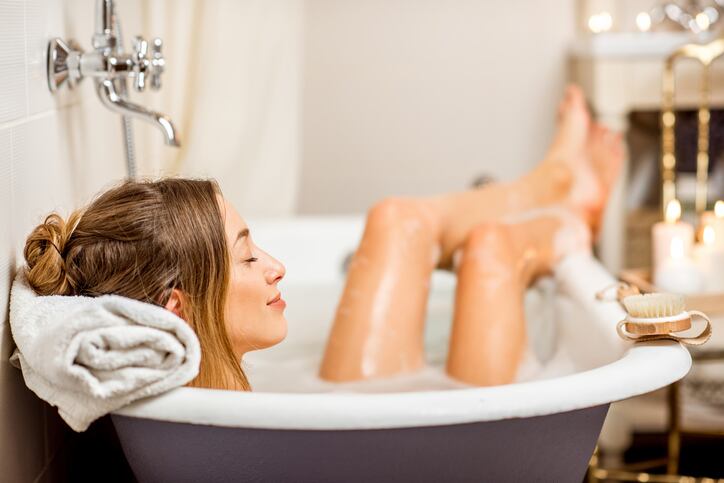
As 2020 continued to be a tough year for many across the EMEA region – with consumers facing health woes or feeling the economic brunt of the pandemic – self-care soared to the top of priority lists.
From longer baths to luxury skin care investments and engagement with mindfulness programmes and yoga classes via beauty brands, consumers started to heavily invest in their own wellbeing in a bid to counter the negativity felt with COVID-19.
Consumers started to look for scents that helped them 'escape' and enjoyable textures in beauty products to bring joy into their lives. Beauty and personal products that brought serenity into the home became increasingly valued and would continue to be an important part of routines in the months ahead.
*‘Self-care society’ is one of CosmeticsDesign-Europe’s top five beauty trends to watch in 2021.
6. THE DIGITAL BOOM – e-commerce and social beauty rise
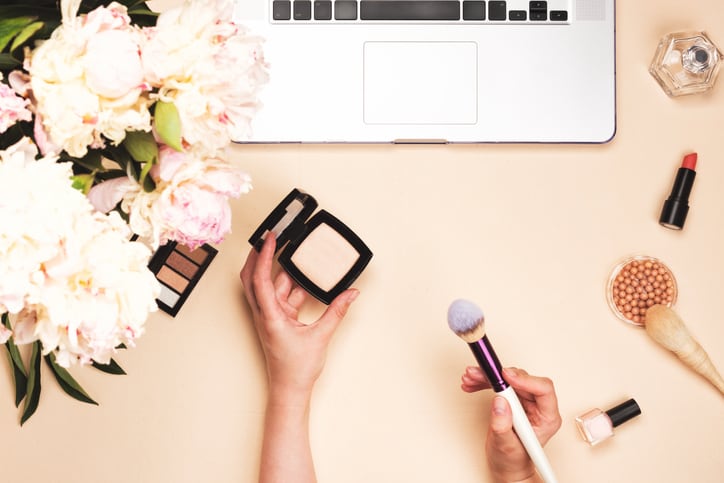
From the very beginning of this ongoing pandemic, one significant shift occurred and stayed – beauty consumers moving online.
Initially forced, due to retail, stockist and airport closures worldwide, consumers flooded onto digital platforms and relied heavily on online deliveries to plug their beauty needs. And as beauty brands and retailers raced to keep up with demand and battle logistical and supply chain challenges, consumers continued to flock online in their masses.
Even when stores re-opened, many opted to continue online browsing and shopping, with D2C brands expanding and reporting a huge uptick in sales and engagement and pureplay digital platforms like also seeing a continued surge.
Now COVID-19 had clearly settled into people’s lives for the foreseeable future, brands and retailers had prioritised online strategies – integrating these into brick-and-mortar plans as wider omnichannel strategies; now touted the future of a successful beauty business by many experts in the field. Beauty's digital and e-commerce strengths had also been cited as a means to overcome COVID-19 challenges.
7. ETHICAL ETHOS – planetary, societal and health demands soar
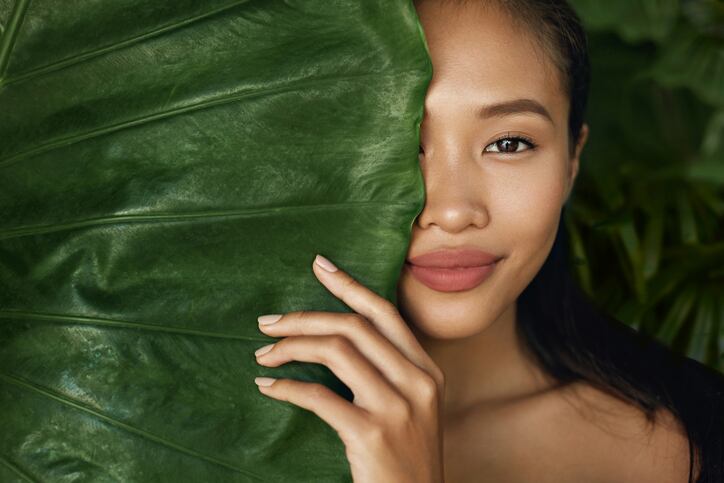
At the very beginning of COVID-19, many experts suggested sustainability had fallen at the wayside – with packaging selected for safety rather than recyclability and throw-away items preferred amidst fear of contagion.
But, as predicted by all, concerns for the planet bubbled back fast as consumers realised the importance of caring for the planet during a worldwide pandemic. Concerns also tuned into society and community needs, driving demands for beauty brands that gave back and supported people.
Now, more than ever and months on from when the COVID-19 outbreak first started, ethical beauty and conscious consumerism had clearly surged to the top of the agenda amongst a wide range of consumer demographics, particularly younger consumers and parents. Demands for ethical beauty items were already obvious pre-pandemic but were now truly front-and-centre of consumers’ minds.
*‘Green beauty’ which makes up part of this trend is one of CosmeticsDesign-Europe’s top five beauty trends to watch in 2021.
8. SENSIBLE ABOUT SKIN – natural and healthy skin a fresh priority
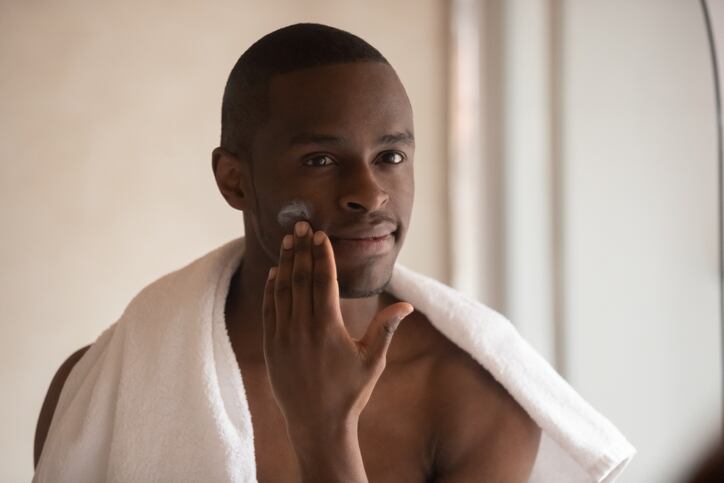
During the pandemic, consumers started to think more carefully about skin health. Time at home and more investment in self-care had shifted focus towards maintaining natural and healthy skin.
Sales in the derma beauty category soared and skin care overall performed particularly well as consumers sought out products that rejuvenated and cared for skin needs, including products that targeted specific conditions like dryness and acne. Within this, active beauty products gained new status amongst consumers looking to drastically improve the look and feel of their skin. Hand care also became a priority for consumers looking to combat the effects of regular handwashing and sanitising.
Knowledge and interest in the skin microbiome accelerated within this, as consumers gained an increased understanding on how to balance and manage skin health holistically and many beauty brands started to talk more about this topic.
*CosmeticsDesign-Europe ran an online expert Skin Microbiome Webinar in September 2020 that can still be watched on demand.
9. A LOCAL LEAN – small brands and Indies thrive as beauty turns local
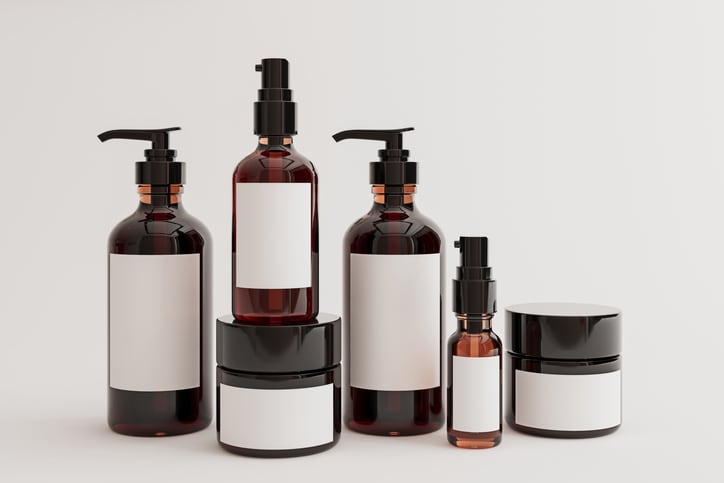
Whilst beauty majors across the globe reported financial difficulties and losses during COVID-19, smaller brands and Indie players also struggled to survive, though their fate was helped by consumer consideration for ‘support local’. This idea had been plugged by many governments across the EMEA region but also forced amidst shortages and travel restrictions prompting a reconsideration on where beauty consumers shopped and what products they purchased.
The sense of community provided by smaller beauty brands also drove this local shift, as consumers enjoyed buying from relatable brands and businesses that had managed to pivot fast to cater to new needs efficiently.
Local could certainly be a lasting consumer trend moving into next year, given sustainability concerns around transport and manufacturing holding strong among many beauty consumers in the EMEA region.
So, which of these consumer changes will stick as beauty edged into 2021?
Lasting consumer trends? A word from the editor...
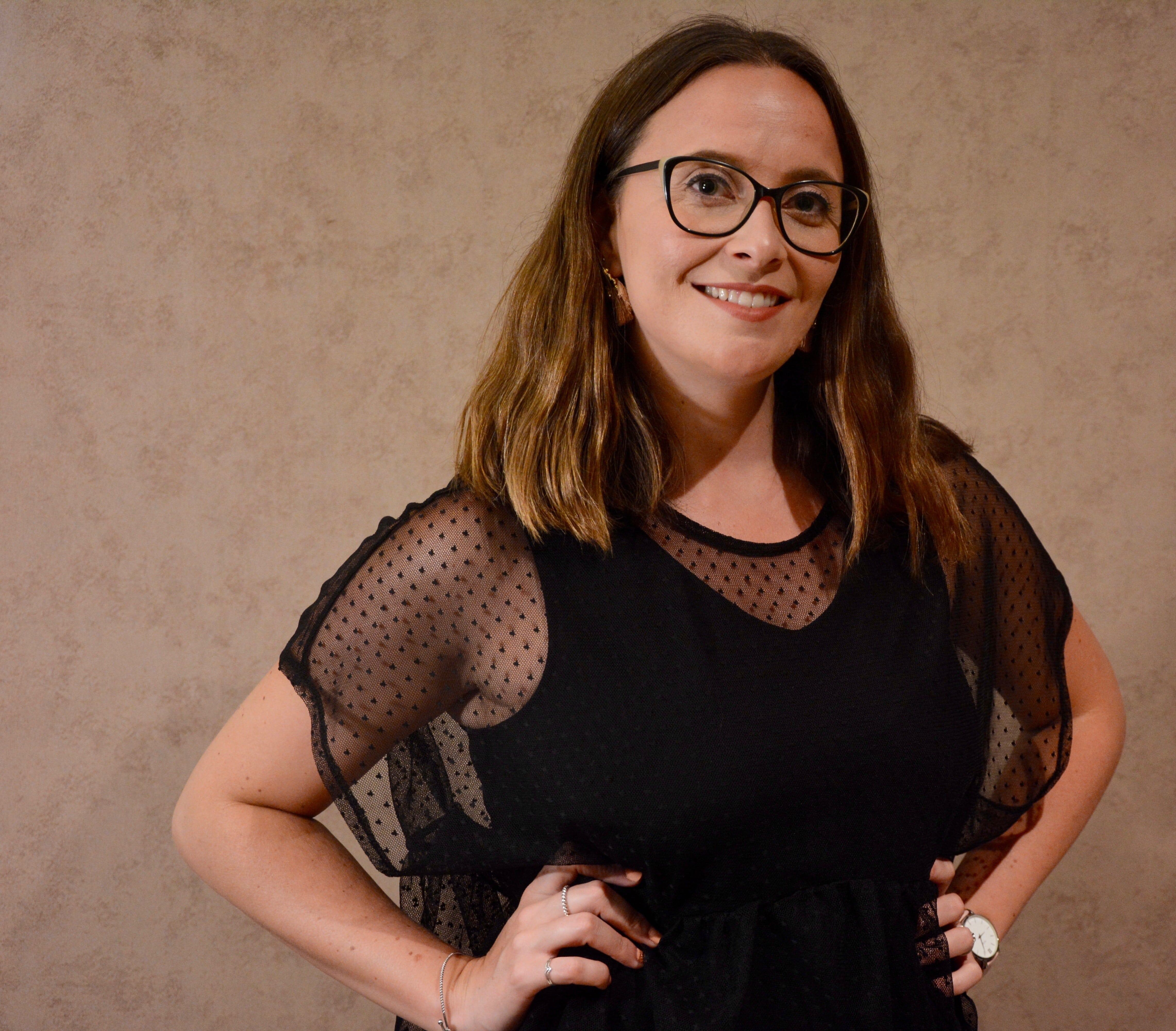
I think it’s helpful to look at our top five beauty trends to watch in 2021 - part of our global top 15 beauty trends forecast - to get a better idea on which of these might stick in a post-COVID world. CosmeticsDesign-Europe identified these future trends for the EMEA region:
. Beauty 4.0
. Beauty for all
. Self-care society
. Oral care spotlight
. Green beauty
Clearly, self-care priorities – including a need for safe and ethical products – will stay strong. Consumer concerns about their personal health and planetary health had gained importance in recent years, but the COVID-19 pandemic drastically accelerated needs in this space.
Hygiene, particularly in oral care, would also stick as consumers started to adjust to a ‘new normal’ where fear of transmitting or catching coronavirus remained and more considered personal care routines were maintained.
And finally, digital would clearly stand firm post-COVID; the pandemic merely fast-forwarded this burgeoning trend. But as digital evolved, beauty makers would have to work hard on ‘catching up’ with expectations and staying competitive.

